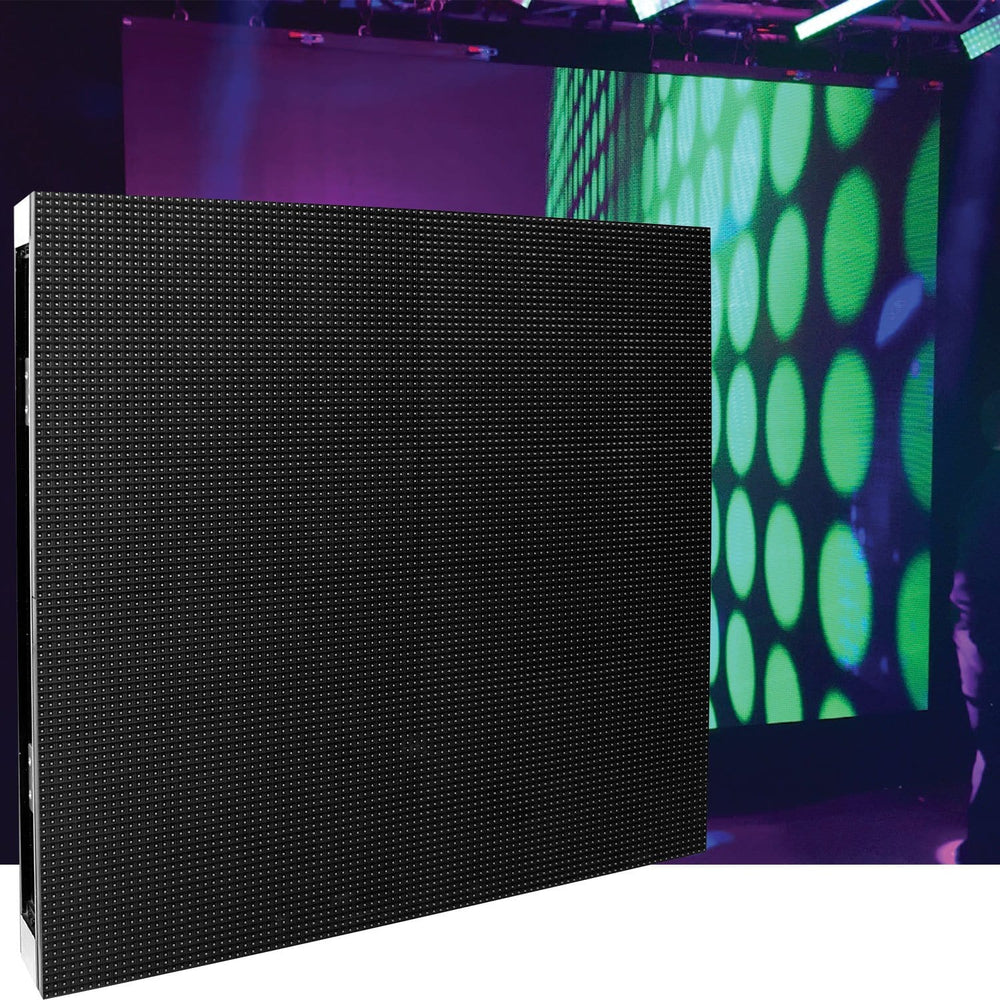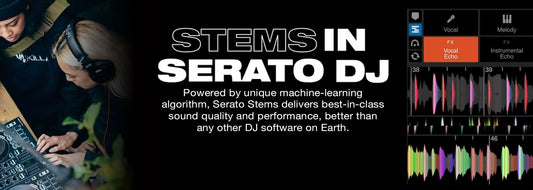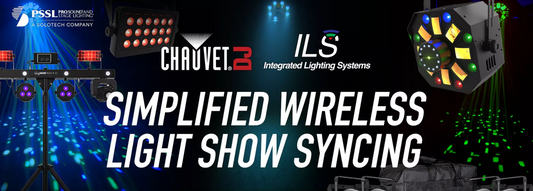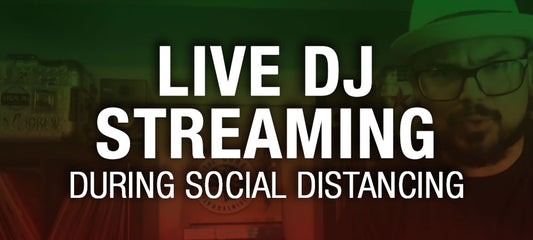LED Video Walls 201
So you’ve graduated to a lighting set-up that fully incorporates LED technology…now what? Or maybe your business, exhibit, or light show needs that extra POP that goes beyond what is by now widely available (i.e. standard washes, effects, and moving heads)…what other options are out there? We can help! Video panels are largely a new technology, but even now there are serious advances being made in the field, and getting into the technology while it’s still new could put you in a great place to be a leg up on the competition for years to come!

Outdoor Rated LED Video Panels
One of the reasons professionals/consumers are turning to LED video displays as opposed to traditional projection systems is that the LED screens have the ability to be seen outdoors with ambient daylight. This is achieved because the LEDs are actually projecting light back to you, the audience, as opposed to a projection system where the projector is projecting light away from you upon a white screen that reflects the light back to you. As we mentioned in our 101 article, it is impossible to project "black" onto a white screen especially when surrounded by ambient sunlight. This essentially makes projection in an outdoor scenario during the day almost impossible. Outdoor rated LED video displays are not all created equal and generally are a larger investment than their equivalent indoor rated systems. So if you are a professional who feels you might need to use your video wall outdoors, you will want to consider the following when making your decision: IP Rating and Brightness.
- IP Ratings – It’s important to know what your system is rated, what that rating means, and whether that rating is for front and back of the panel, just the front, or if there is a different rating for the back. First let’s revisit what IP ratings are. IP stands for "Ingress Protection" and is noted through a 2 digit numeric rating where the First Number indicates the level of dust protection and the Second Number indicates the level of protection against water/moisture. See the chart below for what the various ratings mean. One of the more common ratings is "IP65" which means that it is dust tight and can withstand medium jets of water. Another you will see is "IP54" which means its vacuum tight with regard to dust and can handle splashes of water (like rain). (Note: these ratings also apply to other lighting fixtures, not just video wall components.)
- Another factor to consider for outdoor use seems obvious but it bears some real contemplation: brightness. If you plan to use an LED display outdoors without any sort of cover, stage roof (to provide shade), or any other sort of protection from the sun you will want to use a panel with higher brightness than that of what you might use indoors. The additional brightness will help the content stand out at times when the sun is reflecting directly on the screen. You can also compete with ambient light by selecting a wall with blackface LEDs.
Dust Rating (First Number)
- IP 0x – No Protection
- IP 1x – Objects > 50mm
- IP 2x – Objects > 12mm
- IP 3x – Objects > 2.5mm
- IP 4x – Objects > 1mm
- IP 5x – Dust Protected (Vacuum)
- IP 6x – Dust Tight
Moisture Rating (Second Number)
- IP x0 - No Protection
- IP x1 – Vertically Dripping Water
- IP x2 – 75 to 90 Degrees Dripping Water
- IP x3 – Sprayed Water
- IP x4 – Splashed Water
- IP x5 – Water Jets
- IP x6 – Powerful Water Jets
- IP x7 – Effects of Immersion
- IP x8 – Indefinite Immersion
Blackface LED
Much like the rest of the LED world, the technologies evolving for LED video display panels are going just as rapidly. As the demand for higher resolution (smaller pixels with a tighter pixel pitch) grows, a new challenge is born in that smaller LEDs can’t be driven as hard as the larger pixels thus reducing the overall brightness. Mega’s Dicolor technology is leading the way to meet this challenge, and one way Dicolor has tackled it is with the introduction of Blackface LEDs. This is a new technology where the UV coating that protects the diode itself is darker, which results in increased contrast. Contrast cannot be overstated as a huge contributor in the intelligibility of your video display. Greater contrast means that your color separation is more defined which makes your content seem to "pop" more. It also helps text stand out more. All of these factors help to increase the visibility of your video content without necessarily having to make your screen brighter.
Tighter Pixel Pitch
Pixel density also plays a large role in how clear your image will be. No matter how tall or wide your display is, you'll find that the more pixels you have the better the image will appear. Only a short while ago one could say that 8mm pixel pitch was considered an industry standard. But this meant that you would need a larger display in order to obtain greater resolution due to the amount of pixels per panel. Today, manufacturers (again, Dicolor is a great example) are setting a new bar in high-res LED video panels which means less panels are needed to achieve a recognizable image.
Here's how the math works: A typical 12mm LED video panel will have 50 pixels horizontally by 50 pixels vertically. This means that in order to get the commonly requested 16:9 aspect ratio at 720HD (1280x720) you would need 26 panels across by 15 panels high for a grand total of 375 panels! Now let’s take the same example and apply it to the 3.9mm Bat or Phantom Panel by Dicolor which is 128 pixels horizontally by 256 pixels vertically. To achieve the same results you would only need 10 panels across by 3 panels tall for a total of only 30 panels. Technically the resolution is exactly the same, yet you need 345 more of the 12mm panels than you 3.9mm panels.
Double Panel Technology
Manufacturers such as Dicolor have begun to offer variances from the typical 20" x 20" square panel shape and have now offered a new 40" x 20" rectangular panel making it nearly twice the size of most other panels. This is incredibly advantageous for several reasons. Since the double panel is twice the size of normal panels, it takes half as many panels to build the same size wall as it would take with the normal panels. This means less time setting up and tearing down the system, less cables to plug and unplug, less parts that can potentially get lost, less cases taking up space in your truck or trailer, ultimately...less stress. Every video panel essentially consists of about 5 parts. The LED modules (typically 4 to a panel), the power supply, the receiving card, ribbon cables that connect the various components internally, and of course the frame. It’s unlikely that you'll run into any issues with the frame or the ribbon cable which essentially leaves 3 parts that could malfunction. Utilizing a double panel reduces the amount of these parts which, in turn reduces your potential for failure at a show.
Advancements in Video Wall technology
- The versatility of Indoor or Outdoor rated fixtures means you can be confident in your video wall wherever you need it
- IP Ratings and brightness are some of the primary considerations when deciding on which outdoor video wall set up is perfect for your needs
- Specific advancements in video wall technology are helping to increase overall clarity, brightness, and contrast while decreasing the amount of panels and other hardware needed to achieve amazing results – even in areas with high amounts of ambient light.




